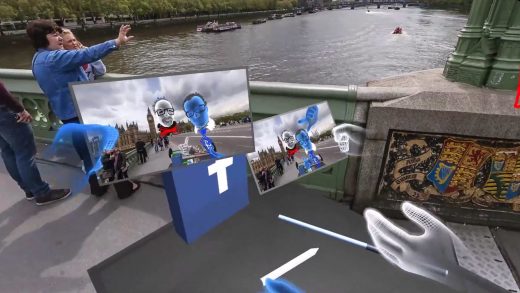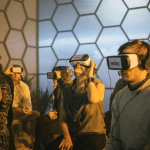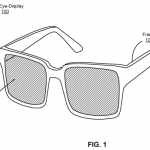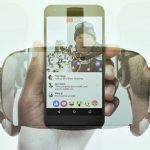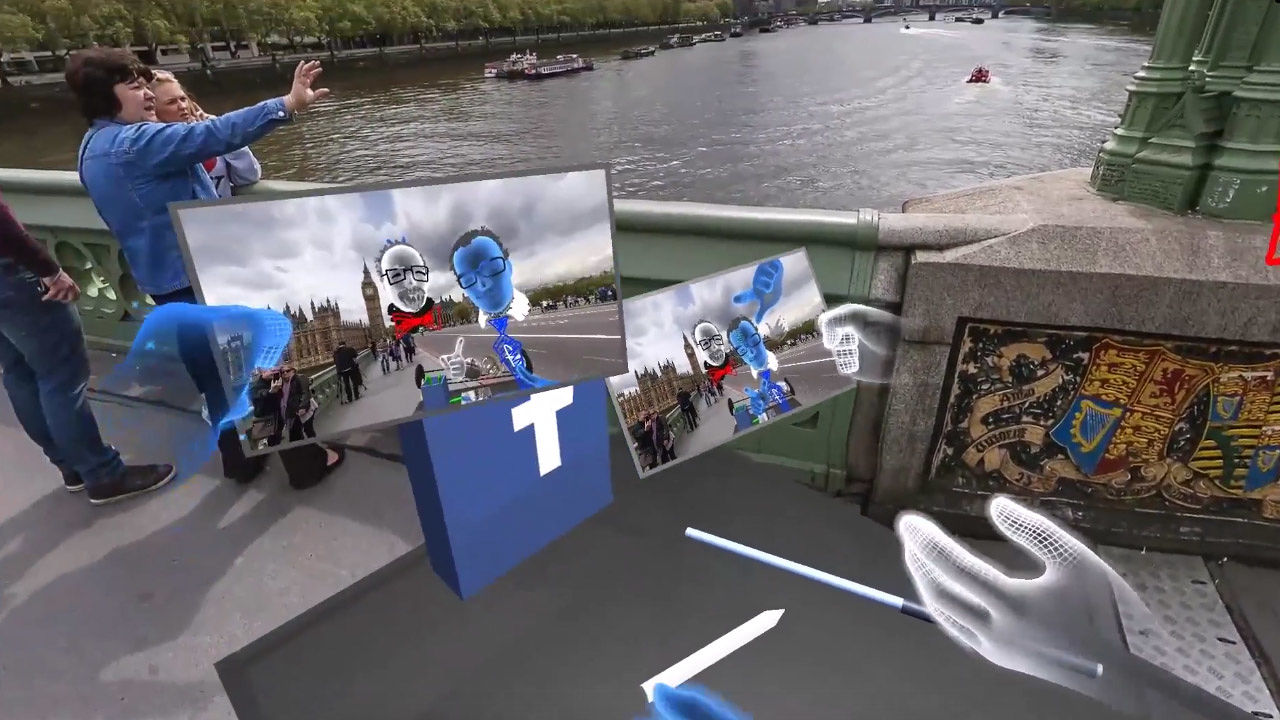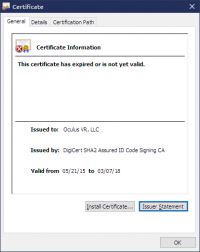How fb’s Social VR could be The Killer App For digital reality
When facebook sold Oculus VR in 2014 for $2 billion, many observers puzzled what the arena’s biggest social networking firm wished with a digital truth firm whose then-unreleased system used to be pretty much all about single-person experiences.
lately at F8, fb’s annual builders conference in San Francisco, the corporate showed off one of the vital most fleshed-out examples of the way it sees VR as a rich social instrument.
all the way through his F8 keynote deal with, CTO Mike Schroepfer talked at size about what facebook explicitly calls “social VR.”
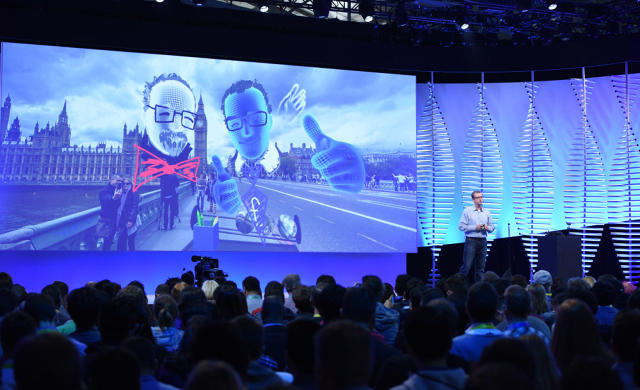
There’s definitely, of course, that fb—and the opposite major players in the VR house: Google, HTC, Sony, Samsung, and many others—have each plan to leverage the only-consumer aspect of the digital reality expertise. but when VR is able to fulfill analysts’ predictions that the know-how will turn into a $30 billion business by way of 2020, it’s virtually certainly going to take each single-person and social experiences to get there.
It’s too early to tell what is going to really turn out to be the so-called VR killer app, and how quick VR will turn into a mainstream technology. A report issued as of late via Greenlight VR and street to VR instructed that while early gross sales of VR hardware just like the Oculus Rift, the HTC Vive, the Sony psVR, and Samsung gear VR could hit round 2 million gadgets by way of the end of this year, it’ll most certainly be between six and eight years prior to the know-how is actually mainstream.
facebook, although, is rarely deterred by using predictions like that. if truth be told, a demo that Schroepfer confirmed on stage at F8 used to be just a very early prototype of what social VR could be, and while the company would no doubt love handy prepared-for-primetime social VR experiences to customers today, it’s a safer bet to are expecting them when they’re prepared, and really capable of delivering what the corporate calls “social presence”—the experience that you just’re truly with other folks, sharing actual experiences, when you’re using multiperson VR.
Oculus first started showing people multi-person VR last 12 months, it’s “Toybox” experience, a pleasant two-person romp that utilizes the corporate’s hand held contact controllers, which integrate customers’ palms in third-dimensional space. in the event you ever take heed to fb CEO Mark Zuckerberg talk about VR, you’ll inevitably hear him discuss how you can play ping-pong in opposition to every other person in VR. That’s Toybox.
Now, though, facebook is making multi-consumer VR way more social. all through his keynote, Schroepfer confirmed how he and Mike sales space, a facebook engineer located on the company’s Silicon Valley headquarters more than 30 miles away, had been ready to leap together right into a series of 360-stage photographs, with every person represented by means of an animated avatar, and each and every able to look all around them as they interacted.
They even pulled out a VR selfie stick and took an rapid selfie, which they then uploaded right away to facebook. This used to be definitely social—no recreation mechanics in any respect. That’s as a result of, Social VR product supervisor Mike Beltzner defined to fast company at F8, facebook found through its research that playing games, even with people, took faraway from the social experience. “The more game-love it is,” Beltzner said, “the less you interact.”
That’s why the Social VR group, led with the aid of Daniel James and booth, has been working on constructing VR that offers customers a richer experience of inhabiting areas collectively. Schroepfer’s demo, considered within the video above, was once the result. indeed, Beltzner recalled that a lot of his in-individual conversations with booth nowadays someday inevitably turn to booth speaking concerning the fun issues he’d finished with folks not too long ago in VR.
throughout the digital fact trade, some seem impressed with the place facebook is heading.
“Some have raised considerations that VR and [augmented reality] may well be disconnecting, but facebook’s social VR demo presentations how these immersive experiences can bring people collectively,” mentioned Linc Gasking, the cofounder and CEO of 8i, a leading VR expertise developer. “it is clear that the holy grail for VR and AR is individuals. it’s real people which might be going to drive these social interfaces so as to join us in methods we have not yet imagined. soon you can now not best have the ability to take a digital selfie along with your friend, but imagine taking a selfie together with your good friend and Steph Curry after staring at a Warriors sport in VR.”
All of that could be coming, but we’re not there. but. fb is aware of that. What was once necessary is that it’s being lifelike about the place it’s going with the technology, slightly than seeking to convince the sector it’s shifting faster than it actually is. As my colleague Harry McCracken put it, “For a demo of VR to individuals who aren’t carrying VR headsets, that used to be in point of fact efficient. also, unlike Microsoft’s HoloLens demos, it failed to overly hype the expertise.”
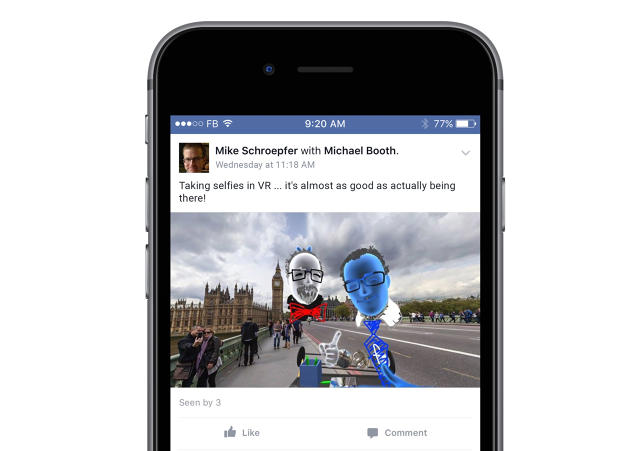
right through his personal time on stage at F8, Oculus analysis’s Yaser Sheikh talked at size about the main challenges that anyone constructing authentic social experiences in VR has to overcome ahead of users will likely be glad.
whereas the intention is growing “authentic, deeply convincing” interactions, facebook is some distance from getting there, Sheikh said. nonetheless, the company is working laborious to solve that drawback.
and what’s sensible “social presence” in VR? Sheikh likened it to when any person is using virtual fact and finds that they cannot step off a ledge, regardless of being acutely mindful it’s not actual. With social presence, he stated, you are feeling like you’re in point of fact with people, even supposing you know you’re in a virtual atmosphere. authentic social presence in VR will most effective come when that you may pick up on the same more or less subtle social cues that folks express—with expressions, gestures, and so on—that we make in real existence.
To get there, Sheikh argued, it’s going to be vital to figure out technical processes that seize the subtleties of our actions, show them in VR, and—even more sophisticated most likely, given community latency considerations—predict what we’re going to do subsequent.
some of these unstated cues are “an tricky code that’s written nowhere, recognized to no person, and understood by means of all,” Sheikh asserted, quoting anthropologist and linguist Edward Sapir. And with no computational understanding of that code, there can be no satisfying social VR, Sheikh argued.
Cracking The Code
That, unquestionably, is why he and so many others work at fb and Oculus—companies with monstrous monetary resources and a dedication to creating algorithms that can crack that code. And it’s indubitably why Schroepfer and Sheikh spent their precious keynote time nowadays chatting with lots of developers, some of whom may just lend a hand to beat these challenges.
while the on-stage demo concerned Schroepfer and booth interacting within a nonetheless 360 picture, Beltzner advised fast company that the social VR team has labored with 360 video as smartly. to make sure, he mentioned, there are problems with that, however when it really works, “as a substitute of being in a static world, you’re transported to a spot with movement and sound, and it’s very much like anyone created slightly teleportation portal, and also you get to step into [the] time and position” in the video.
That’s compelling, and there’s little doubt that once shoppers are in a position to experience this sort of thing themselves, they’re going to consume it up.
VR “is inherently a social platform because it is a digital conversation device at its core,” stated Anthony Batt, co-founder of the VR manufacturing firm Wevr. “The internet has taught us that computer systems are as a lot about conversation as they’re about computation. subsequently all the ingenious engineers and entrepreneurs are building the next Slack, Hangouts, and many others. supported with the aid of new interplay design paradigms.”
added Batt, “after all, fb is way in advance of everybody on this as a result of they have got Oculus and 1000000000 active users with a view to slowly get get entry to to VR headsets. Their usage will demand interplay and verbal exchange within the social enviornment. I guess fb will innovate within VR on the social side to such a great impact that it is going to make users most effective want to use VR in the firm of their pals, household and collaborators.”
For now, though, this is all in the prototype stage, and facebook has no plans to let the public are trying these early social VR experiences—keep for Toybox, with a view to ship with the Oculus contact controllers—themselves. That’s as a result of, Beltzner stated, facebook doesn’t know if these are the appropriate experiences. but he did say that VR customers will have to expect to peer “more natively social VR factors” this year.
It also indicates the place all of this could be going.
“This move with the aid of facebook…demonstrates that the applications for VR go a ways past gaming and leisure,” Gasking said. “These immersive structures will carry a few transition of how we expertise the many tech functions we use each day. someday, we are going to essentially walk into volumetric immersive applications, no longer just social apps like fb, but additionally e-commerce, actual property, relationship, training, or any collection of apps we eat on a flat display nowadays.”
So, is this why facebook bought Oculus?
Beltzner side-stepped the query, but stated that perhaps be mindful where the company goes with VR, and why it’s dedicated to creating digital truth social, is to look at how Zuckerberg, Schroepfer, and different firm leaders noticed the giant social network evolve from a text-based totally experience in its early years to one that’s now dominated with the aid of photography and video.
“That wasn’t unintended,” Beltzner said. “that’s about the level of immersion as opposed to describing” experiences. In other phrases, an image—or video—is worth a thousand words. “so they noticed the opportunity of VR as [offering] an excellent deeper sense of immersion, a deeper approach of sharing.”
simply given that possible isn’t sufficient, though. That’s where fb’s measurement helps.
“They did the thing they do absolute best,” he stated. “They discovered the right folks working [on these problems] and provides them the tools” to head all of the means.


Cracking The Code
(61)

